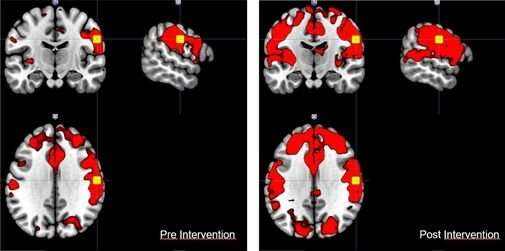
Virtual reality-based rehabilitation programs are becoming an important complement to conventional motor therapy for stroke patients and individuals with neurodegenerative diseases. Immersion in virtual environments stimulates several sensory systems, especially sight and hearing, and intensifies central nervous system information input and output.
“The technology is expected to increase brain connectivity by stimulating the new neural connections needed to repair the losses caused by injury or by the patient’s clinical condition,” Alexandre Brandão, a researcher at the University of Campinas’s Physics Institute (IFGW-UNICAMP), told Agência FAPESP. Brandão is also affiliated with the Brazilian Research Institute for Neuroscience and Neurotechnology (BRAINN), one of the Research, Innovation and Dissemination Centers (RIDCs) supported by FAPESP.
Brandão is the lead author of the paper “Biomechanics Sensor Node for Virtual Reality: A Wearable Device Applied to Gait Recovery for Neurofunctional Rehabilitation,” distinguished with a Best Paper award in the Virtual Reality (VR) category at the 20th International Conference on Computational Science and its Applications (ICCSA 2020). Originally set to take place at the University of Cagliari in Italy, the conference was held online because of the pandemic.
The study described in the paper resulted in the development of a wearable device called biomechanics sensor node (BSN) that captures user data and controls virtual environments, as well as a new software solution integrating the BSN with Unity Editor, one of the most widely used game engines. “Integration of the wearable with the Unity software means patients undergoing motor rehabilitation can interact with VR environments while the therapist views data for the movements performed during the session,” Brandão explained.
The BSN consists of an inertial sensor that is placed on the user’s ankle, detects motion relative to stationary gait, and tracks the body in the three planes of movement. The signals generated are processed and transmitted to a smartphone, which is used to control an avatar that interacts with the virtual environment. “The patient’s actual movements may be very limited or small, but in the virtual context, the captured and processed data generates complete movements by the avatar,” Brandão said. “The visual information gives patients the impression they’re able to perform these complete movements, and this can potentially activate more neural networks than conventional mechanical therapy.”
Source: Read Full Article